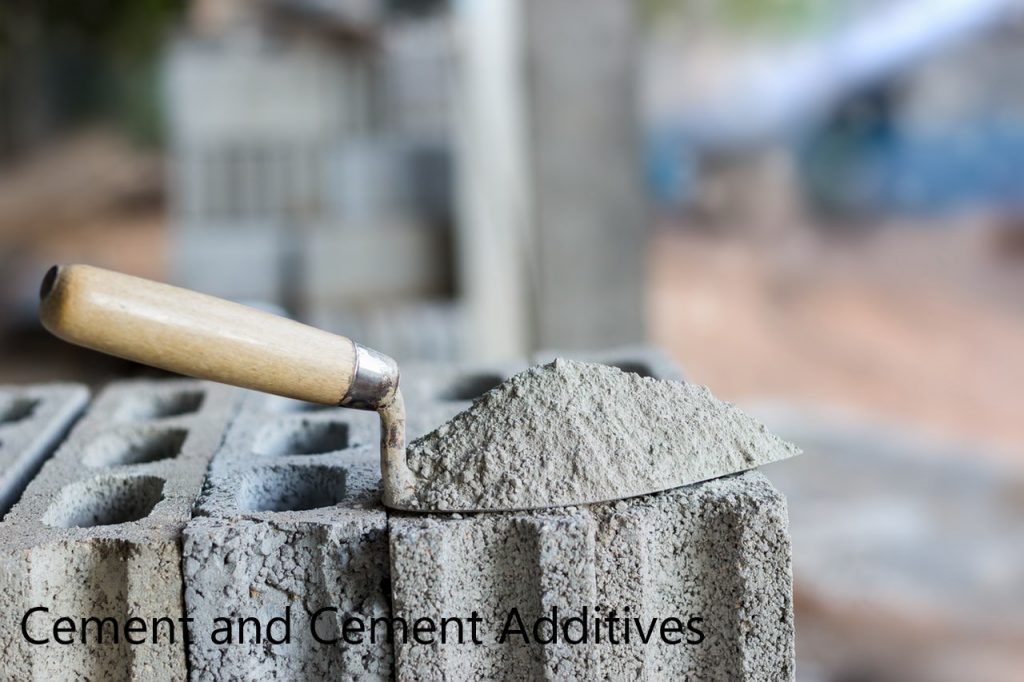Concrete admixtures have become a mandatory component in modern concrete construction works with its wide development to enhance the quality, workability, strength, etc. of the concrete.
With the wide use of these materials, it is very important to be aware of the concrete admixtures.
The first patent for the calcium chloride in concrete was obtained in 1873 in Germany, and admixtures have an older history as per the literature. Modern admixture technology started with the basic air-entraining agents, retarders, accelerators, and water reduces in the 1930s in North America.
Admixtures are chemicals that added to the concrete, motor or grout at the time of mixing to modify the properties of the concrete. The following advantages are more commonly describe the purpose of using them.
- Reduce the cost of construction
- Achieve certain concrete properties more effectively than other methods
- It maintains the quality of the concreting until placing
- Use to overcome certain emergencies during concreting operations
Admixtures are categorized in different methods based on their functions. Air-entraining, water-reducing, retarding, accelerating and plasticizers (superplasticizers) are identified by many people as major categories of admixtures. However, the following categorization is provided more information on the type of admixtures.
- Air-entrain admixtures
- Water-reducing admixtures
- Plasticizers
- Accelerating admixtures
- Retarding admixtures
- Hydration-control admixtures
- Corrosion inhibitors
- Shrinkage reduces
- Alkali-silica reactivity inhibitors
- Coloring admixtures
- Miscellaneous admixtures such as workability, bonding, damp proofing, permeability reducing, grouting, gas-forming, antiwashout, foaming, and pumping admixtures.
BS EN 934-2:2001 provides somewhat similar categorization as follows. Further, they have done it based on the testing procedures and the available product ranges.
- Water reducing/plasticizing admixtures
- High range water reducing/ superplasticizing admixtures
- Water retaining admixtures
- Air entraining admixtures
- Set acceleration admixtures
- Hardening accelerating admixtures
- Set retarding admixtures
- Water resisting admixtures
- Set retarding/water reducing/plasticizing admixtures
- Set retarding/high range water reducing/superplasticizing admixtures
- Set accelerating/water reducing/plasticizing admixtures.
All the admixtures shall be tested before used as per the recommendation of the relevant code of practice.
Testing of Admixtures
Table 01 of BS EN 934-2-2001 could be referred for the general requirements that need to be satisfied by an admixture. Special attention shall be made on uniform dispersion of powder admixtures with retarding effects.
Table 02 to Table 12 of the same code shall be referred for testing procedures and requirements of the above 11 types of admixtures (categorized as per BS EN 934-2-2001). Further, all the factory production shall be tested as per the minimum requirements specified in the code.


![Fly Ash Concrete [why should it be use]](https://www.structuralguide.com/wp-content/uploads/2019/11/Fly-ash.png)